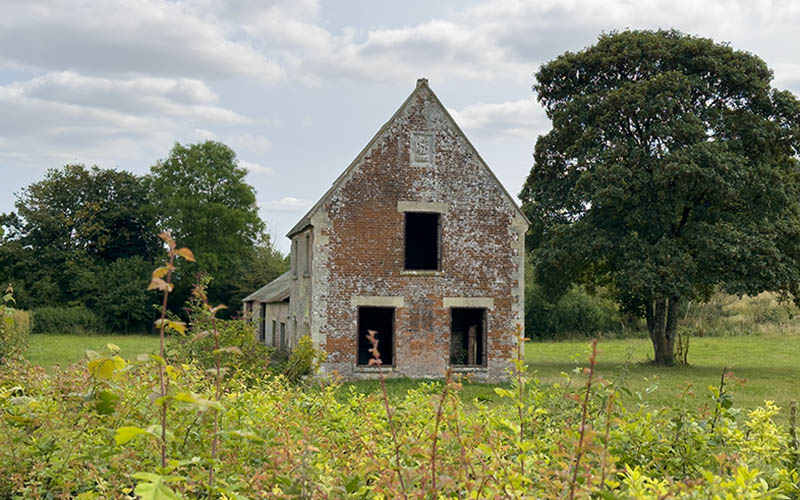St Giles Church, Imber
Imber is a village around seven miles north east of Warminster. It’s known as a ‘ghost village’ as, like Tyneham in Dorset, it was requisitioned by the army and civilians are no longer able to live there.
The civilian population of around 150 people was evicted in 1943 so American troops could train for the invasion of Europe during the Second World War. Villagers were told they’d be able to return after the war, but the government changed its mind.
At its largest, the village housed 440 people (as shown in the 1851 census). Imber was settled from at least Saxon times and the church is 12th century.

After the war, the village was used to prepare soldiers for the urban environments of Northern Ireland. Purpose-built house shells were constructed during the 1970s to mimic the building they find find when deployed. It’s now the UK’s biggest Military of Defence (MoD) training base.

St Giles Church is the only building in civilian use today and it’s fenced off from the rest of the village. You can also see The Bell Inn, Imber Court (the manor house), a farmhouse, farm cottages, schoolroom and four “council house” type blocks built in 1938 which all still stand.

The village is open for a few days a year at the discretion of the MoD.
A special event, started in 2009, is held in August to raise funds for the upkeep of the church and any addition money raised goes to the Royal British Legion. From Warminster railway station, vintage buses including Routemasters take thousands of visitors across Salisbury Plain to see the village and visit the church. There’s bellringing, bands and miniatures buses. Refreshments are available in the church and there are a few temporary toilets outside. The Transport Museum in London also bring a special bus which people can get on but it’s not available to ride on.

Buses also take people to Gore Cross (interchange), Chitterne, Tilshead and the Lavingtons.
The only way to access Imber on this day is by bus. Imberbus tickets cost £10 for adults and £2 for children and allow unlimited travel for the day so you can travel on a wide range of historic vehicles and if you’re lucky, an open top.
Make sure on any visit to Imber you stick the paths and don’t touch any military debris – it may be live!
